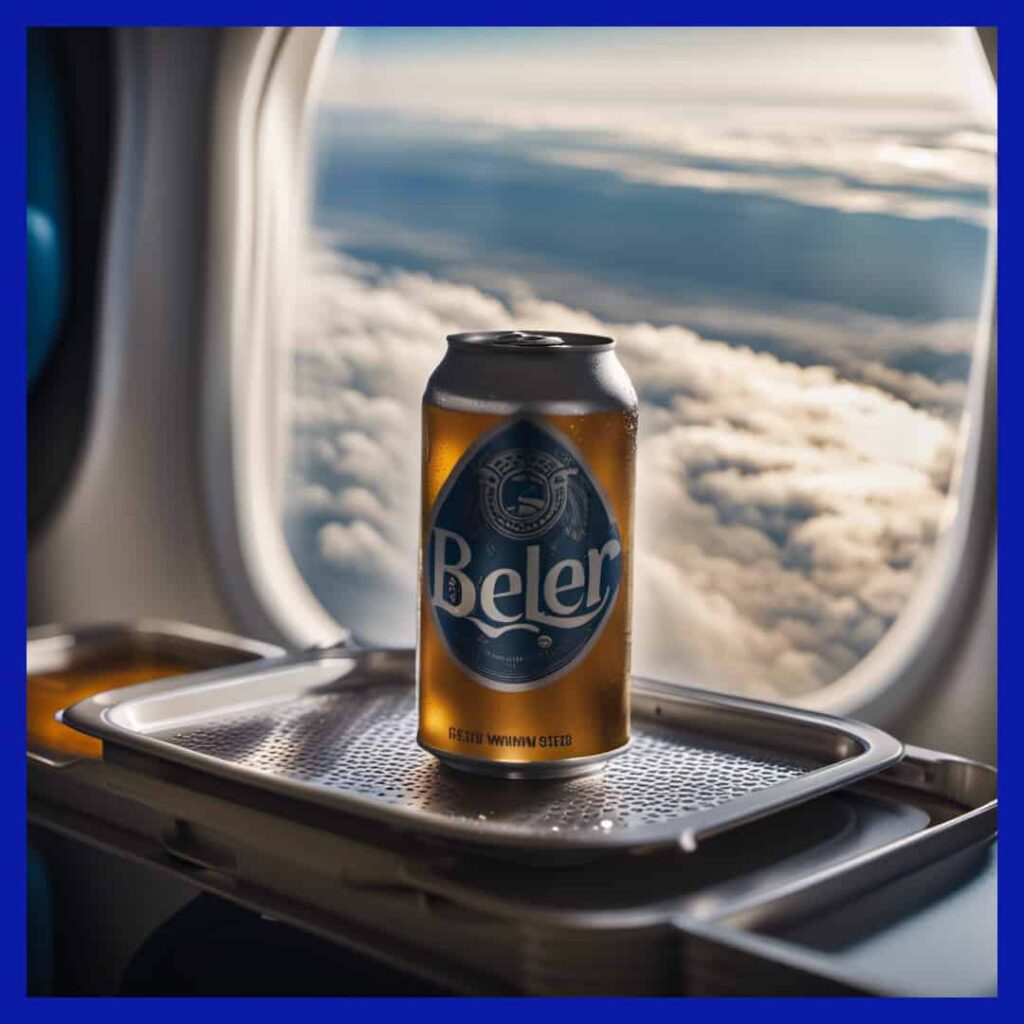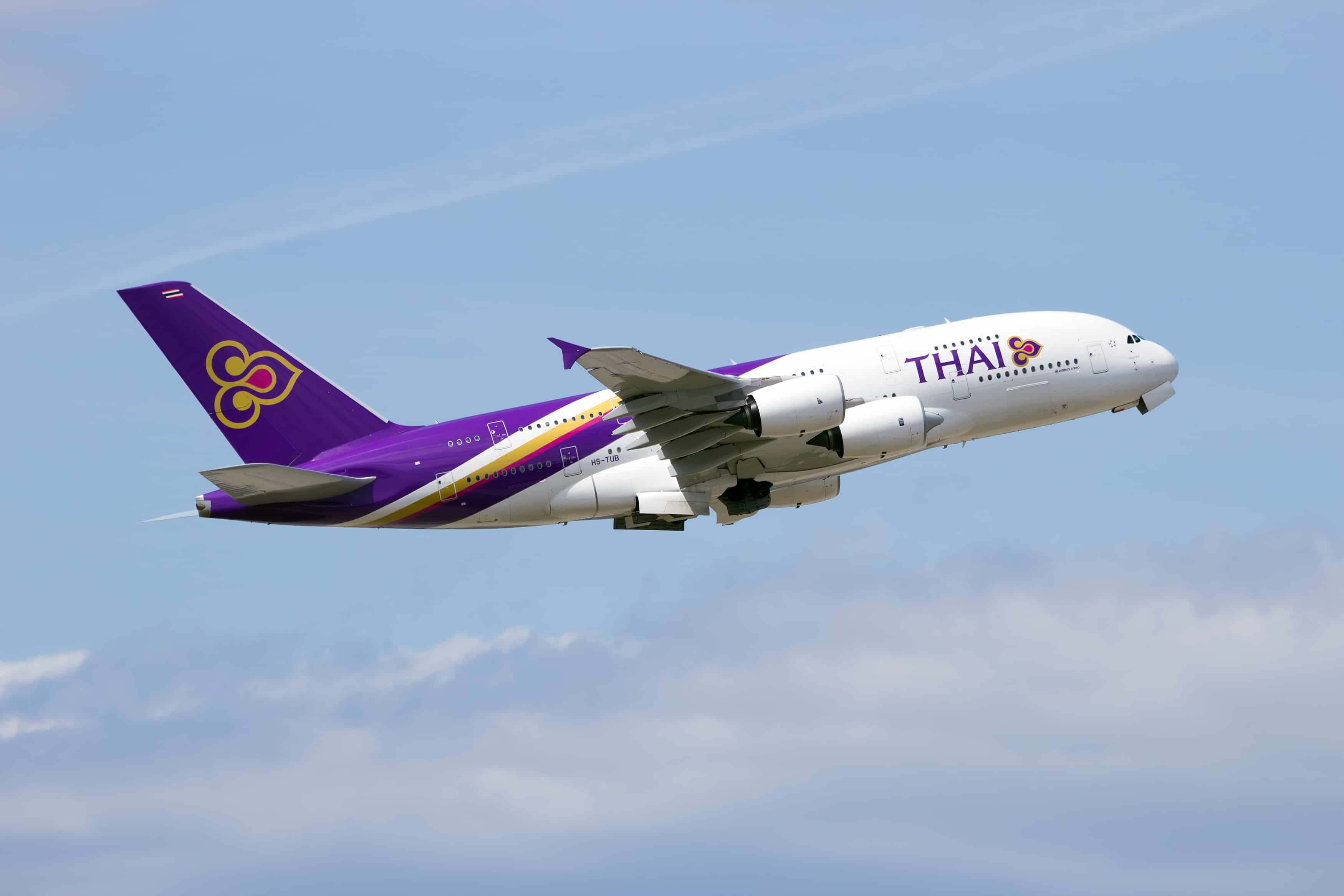Traveling with beer on a plane can be a source of concern for many passengers, especially when it comes to the potential risk of cans exploding during the flight. While packing beer cans in checked luggage is allowed, understanding the factors that contribute to this explosion risk and knowing how to pack them properly is essential for a hassle-free experience.
The main reason behind cans exploding on planes is associated with changes in pressure and temperature during the flight.
However, the good news is that beer cans are highly unlikely to explode in checked luggage due to the pressurization of the cargo hold. Packing techniques and following certain regulations can further reduce this risk and ensure that your beer arrives safely at your destination.
Key Takeaways
- Beer cans exploding on planes is a concern, but unlikely due to pressurized cargo holds.
- Adhering to regulations and packing techniques can ensure safe transportation of beer cans.
- Knowing the factors and best practices improves the likelihood of a successful beer-carrying experience.

The Science Behind Cans of Beer Exploding on a Plane
Pressure Changes
During a flight, pressure changes occur in the cabin and cargo hold. As the plane ascends, air pressure drops, which can impact the integrity of your can of beer. As long as the cargo hold remains pressurized, it is unlikely that this change in pressure will cause a can to explode.
Temperature Changes
Another factor in play during a flight is temperature variation. As the altitude increases, the temperature drops. This decrease in temperature may cause the liquid inside the can to contract, leading to a pressure drop within the can. If the pressure drops significantly, there is a chance the can could implode, but it is not very likely.
Carbonation Effects
Carbonated beverages, like beer, contain dissolved carbon dioxide. When a can warms up, gas expands, creating internal pressure. In extreme cases, this increase in pressure could potentially cause a can to rupture. However, this outcome is more likely due to excessive heat rather than simply being on a plane.
Transporting Beer on a Plane
Carry-on Luggage
When flying, remember that the TSA restricts liquids in carry-on luggage. To bring beer in your carry-on, it must be in containers of 3.4 ounces or smaller. Additionally, these containers should fit in a quart-sized, clear, plastic bag, adhering to the 3-1-1 rule.
Checked Luggage
Alternatively, you can pack beer in your checked luggage. Airlines often allow alcoholic beverages with less than 24% alcohol content in checked bags. Ensure proper packaging to avoid breakage or leaks, as the Transportation Security Administration may inspect your luggage.
Duty-free Alcohol
Purchasing duty-free alcohol at the airport can be a convenient option for transporting beer on your flight. However, be aware of your destination country’s duty-free allowances and airline policies, especially during connecting flights. Following these guidelines will help ensure a smooth air travel experience while transporting beer.

Protective Packing Techniques
Padding and Cushioning
To ensure your cans and bottles arrive safely, use sufficient padding and cushioning materials. Bubble wrap is an excellent choice for cushioning as it provides a protective layer around your items. Wrap each can or bottle individually, making sure to cover all sides. Add extra layers of bubble wrap or other padding, such as clothing or towels, around the wrapped items and place them inside a sturdy box.
For extra security, consider using a reusable silicone sleeve designed specifically for bottles.
Glass Bottle Protection
To protect glass bottles, invest in padded sleeves or use custom foam inserts. By doing so, you provide extra protection against breakage caused by sudden movements and pressure changes. Don’t forget to fill any empty spaces in the box with more padding to prevent items from shifting during transport.
Containing Leaks
Leaks can cause a mess and damage your belongings, so it’s essential to take precautionary measures. Using tape to seal the cap is one way to keep the content secure.
In addition, place the wrapped cans and bottles inside a Ziploc bag or a leak-proof plastic bag to catch any spills. Double bagging is another option to provide an extra layer of protection.
Regulations and Legal Issues
Alcohol Content and Customs
For alcoholic beverages, regulations vary depending on alcohol content. Beverages with over 24% ABV must be packed in checked luggage. You should ideally pack them in their original packaging, especially if they are in glass bottles. Keep in mind that customs at your destination country may have specific import rules for alcoholic beverages.
Age Restrictions
If you are under 21, you should refrain from carrying alcohol while traveling, as legal issues may arise. There might be strict age restrictions, enforced by airlines and authorities at your arrival destination.
Local Laws
Local laws concerning alcohol consumption and possession may differ from your destination country. Be aware of these regulations, as violating them could result in fines or penalties. Familiarize yourself with any applicable local laws to avoid potential legal complications.
Airline Policies
Airlines often have their own policies regarding the transportation of alcohol. Some require passengers to declare alcoholic beverages upon check-in, while others have strict rules on carrying alcohol for crew members. Prioritize inspecting and understanding your airline’s specific policies to ensure a smooth and hassle-free flight.
Note: Always abide by the regulations set by the Federal Aviation Administration and customs authorities when it comes to packing alcohol-containing items. When in doubt, consult airline representatives or visit their website for further guidance.

Traveling with Different Types of Beer
Craft Beer
When flying with craft beer, it’s important to keep in mind that these beers often have unique flavors and aromas. To preserve their taste and quality, ensure that they are properly packed in your luggage. You can wrap each bottle with a plastic bag to minimize potential damage or leakage caused by pressurization changes during the flight.
Beer with Higher Alcohol Content
Beers with higher ABV (alcohol by volume) tend to remain more stable during transportation. However, you should still pack them in a similar way to craft beers and other types of beverages. Remember that the TSA limits the amount of alcohol you can bring in your carry-on to 3.4 ounces per container. If you’re worried about exceeding this limit, it’s best to pack your higher ABV beers in your checked luggage.
Carbonated Beverages
Carbonated drinks, such as sodas and certain types of beer, contain carbon dioxide, which can potentially cause the can or bottle to expand and explode when subjected to changes in pressure during a flight.
To minimize the risk of explosion, place these beverages in your checked luggage rather than your carry-on. Be sure to pack them securely, using bubble wrap or similar packing materials. Additionally, declaring any carbonated beverages to the airline staff while checking luggage would be a prudent precautionary measure.
Best Practices and Tips
Double Check Airline Policies
Before flying, ensure that you’re familiar with your airline’s policies on alcohol and weight limits. Different airlines may have varying rules and regulations.
Properly Seal Containers
To prevent a mess during air travel, securely seal your cans of beer, as air pressure changes can present risks. Consider placing them in a jet bag or similar protective sleeves.
Prevent Weight Overages
Be mindful of your luggage’s weight limit and avoid incurring additional fees. Distribute the weight evenly among your items, and pack only the most necessary items.
Check Customs Regulations
Familiarize yourself with the destination country’s import rules to prevent any legal issues or confiscation of your beer. Be prepared to declare all alcoholic items upon arrival, and consume your beer responsibly.
Remember, proper planning and adherence to airline and customs regulations make it possible for you to safely bring beer on a plane. Stay updated with your airline’s policies and take necessary precautions to ensure a smooth air travel experience.

Frequently Asked Questions
Can beer cans be safely stored in checked luggage?
Yes, you can safely store beer cans in your checked luggage. However, you should pack them carefully to avoid leakage or damage due to changes in pressure and temperature during the flight.
What’s the worst-case scenario for beer cans during a flight?
The worst-case scenario would be the beer cans leaking or exploding in your luggage, causing damage to your belongings and potentially other passengers’ luggage. This is a rare occurrence when proper precautions are taken.
What precautions should be taken while packing beer cans?
To minimize the risk of leakage or explosion, pack your beer cans in a sturdy, leak-proof container, and surround them with adequate padding. Additionally, consider placing the container inside a sealed plastic bag in case of leaks.
Is there any risk of canned beer expanding during a flight?
There is a minor risk of canned beer expanding during a flight due to changes in pressure and temperature. However, this is generally not a concern when precautions are taken, such as packing the cans securely.
Are there specific airlines that allow beer in checked luggage?
Most airlines allow beer in checked luggage, but it is essential to check with your specific airline for any restrictions or regulations regarding the transportation of alcoholic beverages.
What are the regulations regarding checking alcoholic beverages in luggage?
In general, alcoholic beverages with less than 24% alcohol content can be packed in checked luggage. Containers larger than 3.4 ounces must be placed in checked baggage and adhere to any weight restrictions set by the airline.



